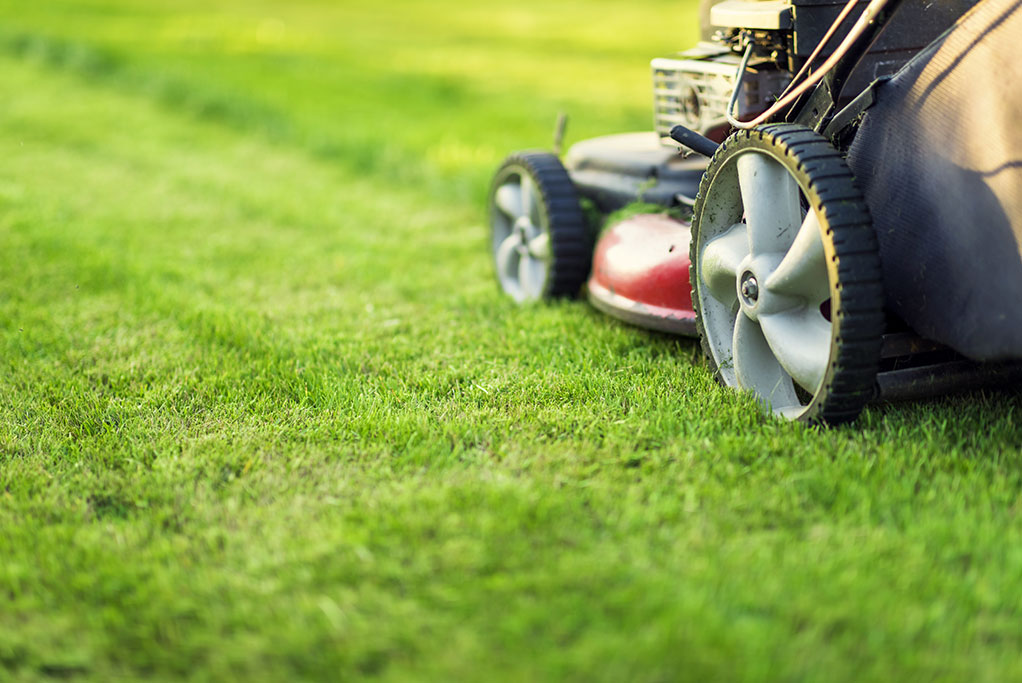Why Shorter Grass Helps Your Lawn Survive the Winter
Why Cutting Your Grass Shorter Before Winter Is a Smart Move
As the growing season winds down and the temperatures start to dip, lawn care might not be top of mind—but a little attention now can make a big difference come spring. One of the most effective end-of-season practices is giving your lawn a final mow, slightly shorter than usual. Here’s why trimming your grass down before winter sets in is a smart and beneficial move for a healthier yard.
1. Prevents Snow Mold and Fungal Diseases
Long grass can trap excess moisture and create a perfect breeding ground for snow mold and other fungal diseases. These issues often appear as unsightly patches when the snow melts in early spring. By mowing your lawn a bit shorter—typically about 2 to 2.5 inches—you reduce the amount of moisture that lingers in the blades, helping your lawn breathe better through the cold, damp months.
2. Reduces Risk of Matting and Rodent Damage
Tall grass tends to lie down and mat under the weight of snow or frost. This matting not only suffocates the grass beneath but also provides cozy cover for rodents like voles and mice. A shorter lawn discourages pests from nesting and makes it harder for them to tunnel through the grass unnoticed during winter.
3. Promotes a Healthier Start in Spring
Cutting your grass shorter before dormancy helps it enter the winter in a tidy, uniform state. When spring arrives, the grass can green up more evenly and quickly since it’s not fighting through matted or dead blades. You’ll notice a faster, cleaner regrowth and fewer issues with dead spots or uneven patches.
4. Makes Leaf Cleanup Easier
If you live in an area where leaves are constantly falling, shorter grass makes cleanup far simpler. Leaves are less likely to get tangled in long blades, allowing you to rake, mulch, or bag them more efficiently. This prevents leaves from smothering the grass and blocking sunlight during late fall and early winter.
5. Helps Lawn Equipment Stay in Better Shape
Mowing slightly shorter as your last cut of the season usually means less frequent mowing later, allowing you to clean, sharpen, and store your mower for the winter without worry. Plus, finishing the season with a clean, short cut helps you spot and remove any debris—like sticks or stones—that could damage your mower or lawn next year.
A Few Quick Tips
-
Don’t scalp your lawn. Never remove more than one-third of the grass blade at a time. The goal is to reduce height gradually over your last couple of mows.
-
Adjust for your grass type. Cool-season grasses (like fescue or bluegrass) prefer a final height around 2 to 2.5 inches.
In Summary
Cutting your grass a bit shorter before winter is one of those small tasks that pays off big. It keeps your lawn healthier, reduces the risk of disease and pests, and sets the stage for a strong comeback in spring. Think of it as tucking your lawn in for the season—neat, trimmed, and ready to rest.

